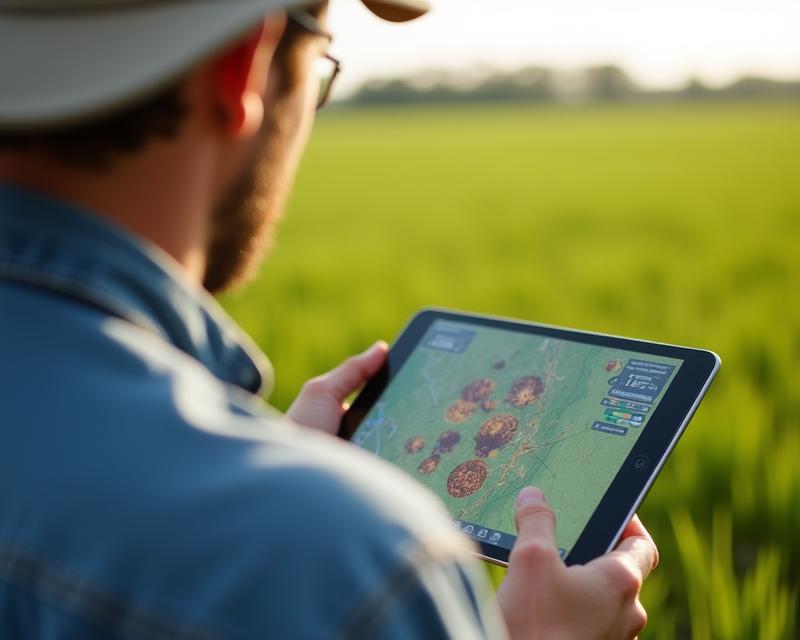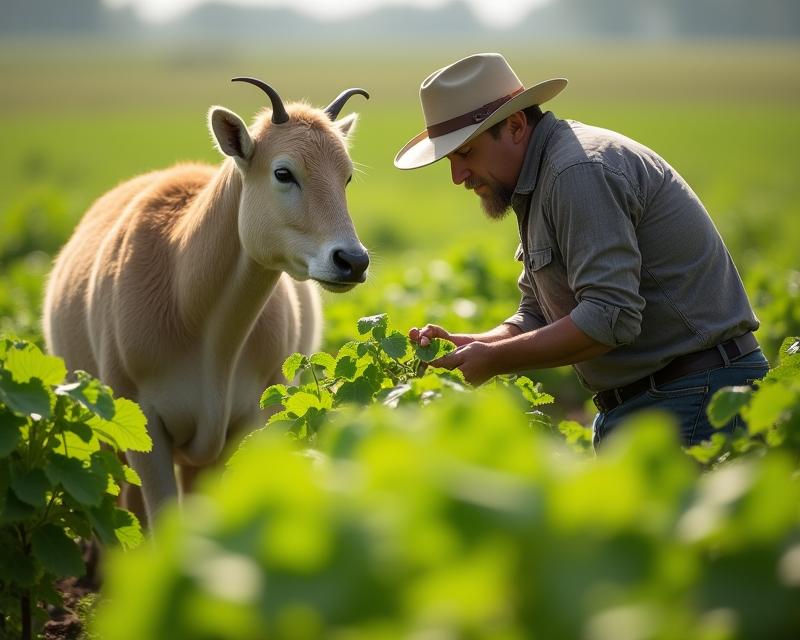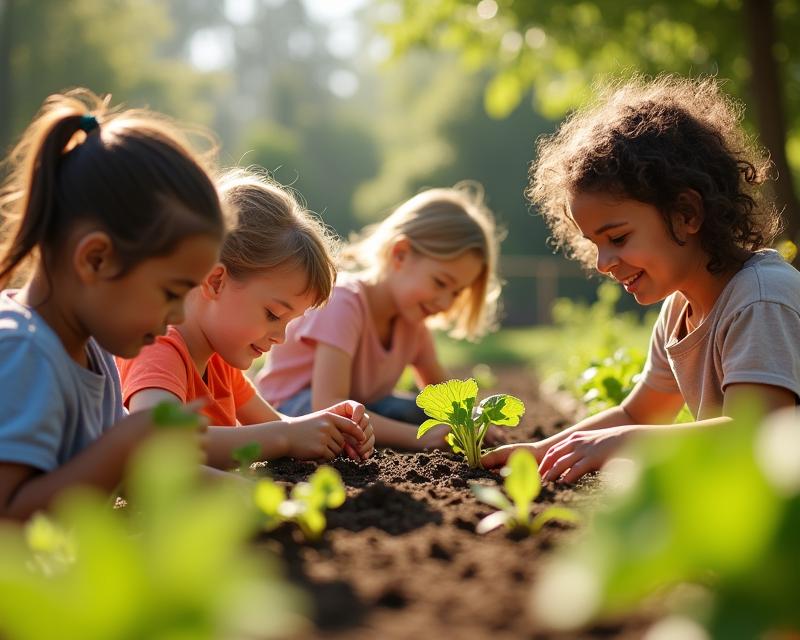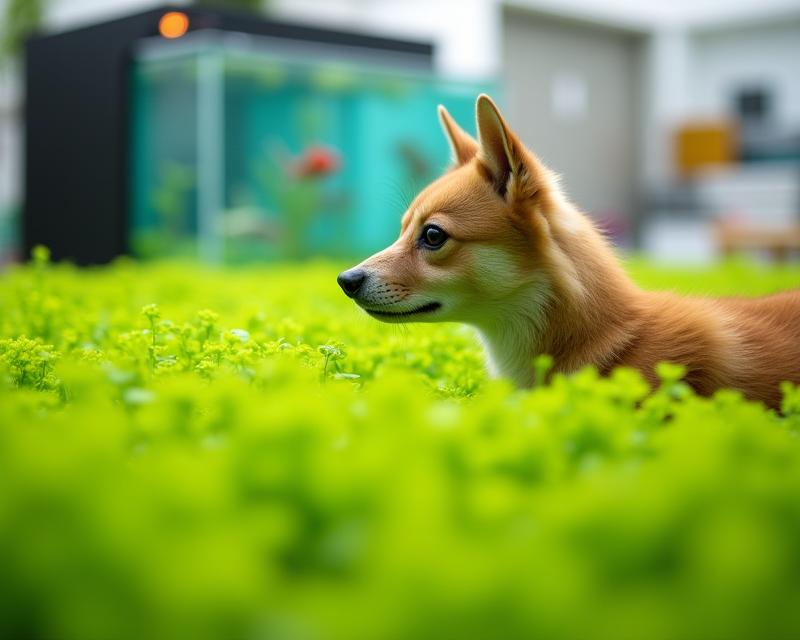Ancient Amazon Farming: Slash-and-Burn Explained
Publish in Sustainable Farming el 05/07/2025 02:31
Ancient Amazon Farming: Slash-and-Burn Explained
Hey everyone! Ever wonder about the history of farming? It’s fascinating to see how different societies have tackled the challenge of growing food. Today, we're diving into a really interesting and surprisingly effective ancient farming technique: slash-and-burn agriculture, as practiced by societies in the Amazon basin for centuries.
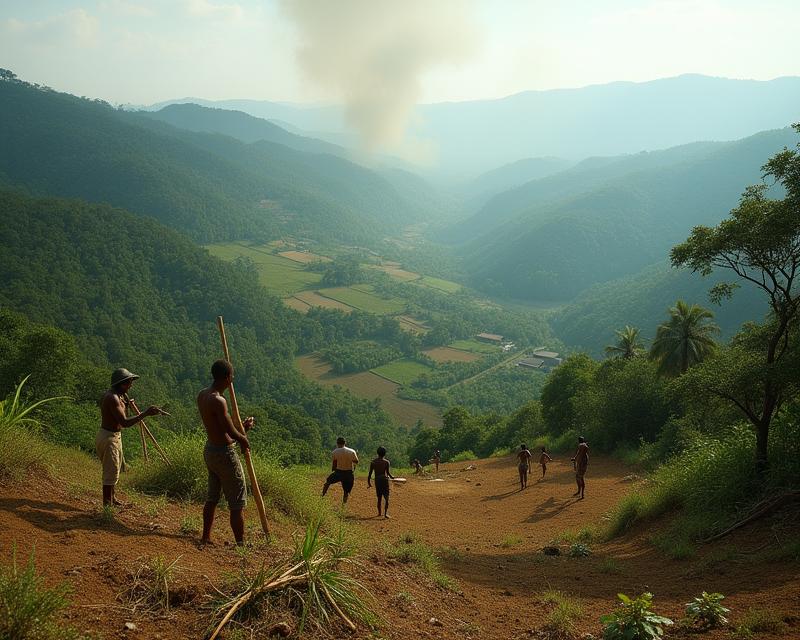
What is Slash-and-Burn?
Simply put, slash-and-burn involves clearing land by cutting down vegetation (the 'slash') and then burning it (the 'burn'). This might sound a bit drastic, but it was a carefully managed process, not just uncontrolled wildfires. Think of it as a way to quickly create fertile fields. The ash from the burned vegetation acts as a natural fertilizer, enriching the soil with essential nutrients. It's a method that's been used around the world for thousands of years, and the Amazon is a prime example of its successful application.
How it Worked in the Amazon
Amazonian societies didn't just randomly burn forests. They had sophisticated techniques! They would typically choose areas that had already been partially disturbed, like edges of forests or areas with abundant weeds. The vegetation was cut down using tools like stone axes and shell scrapers. Then, the cleared vegetation was left to dry before being set alight. The fire was carefully controlled to prevent it from spreading uncontrollably. After a period of cultivation, the land would be left to lie fallow for many years – sometimes decades – allowing the soil to recover its fertility. This fallow period was crucial for the long-term sustainability of the system.
Benefits and Considerations
Slash-and-burn offered several advantages. It was a relatively quick way to create arable land, especially in a region with dense rainforest. It also promoted biodiversity by creating a mosaic of different habitats – cleared fields, fallow areas, and remaining forest. However, it’s important to acknowledge the environmental concerns. Uncontrolled burning can lead to deforestation and soil degradation. The key to successful slash-and-burn is careful planning, controlled burns, and adequate fallow periods. Modern sustainable farming practices often draw inspiration from these ancient techniques, focusing on minimizing environmental impact and maximizing soil health. It’s a reminder that understanding historical methods can inform our approach to modern agriculture.
Modern Relevance
While not without its challenges, the principles behind slash-and-burn – quickly enriching soil and creating arable land – are still relevant today. Many farmers are exploring low-impact clearing methods and incorporating cover crops to mimic the natural fertilization process of a controlled burn. It's all about finding sustainable ways to meet our food needs while protecting the environment. Understanding the history of farming, like the practices of ancient Amazonian societies, can offer valuable insights for the future of agriculture.

